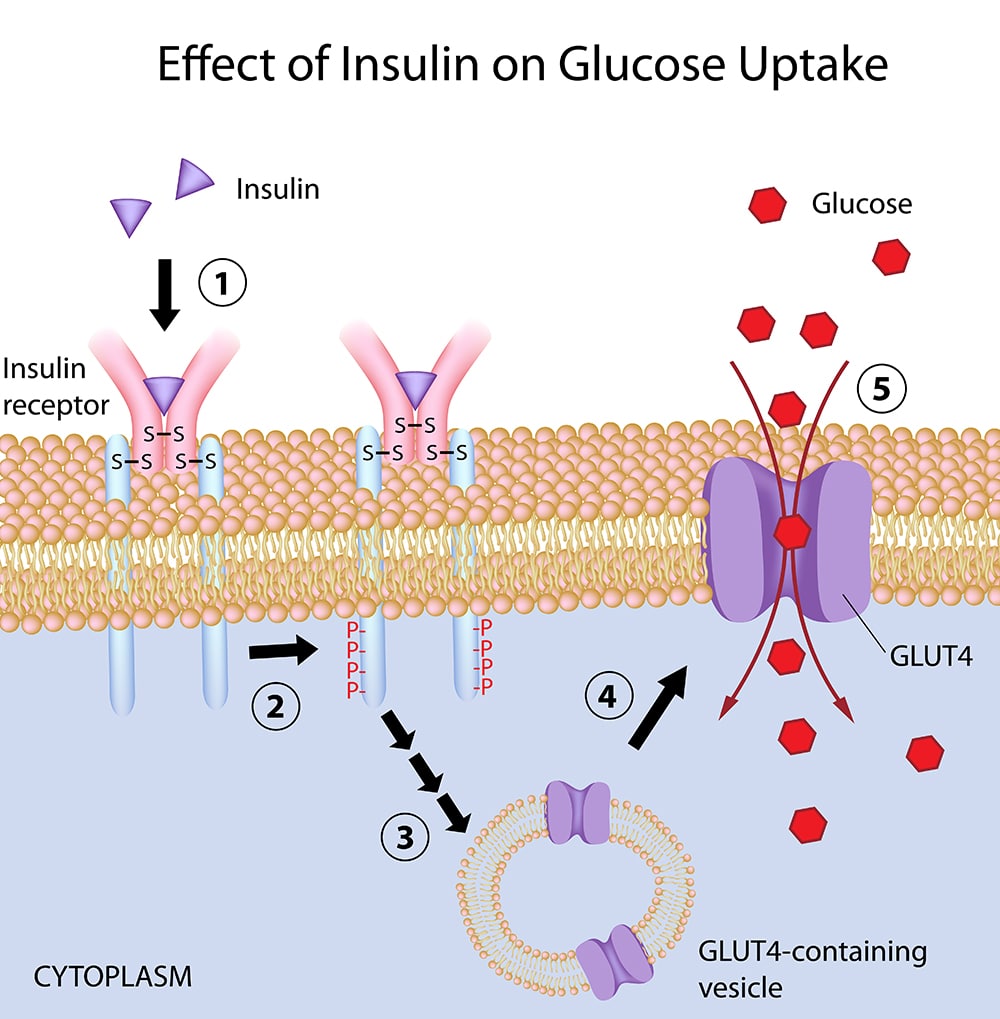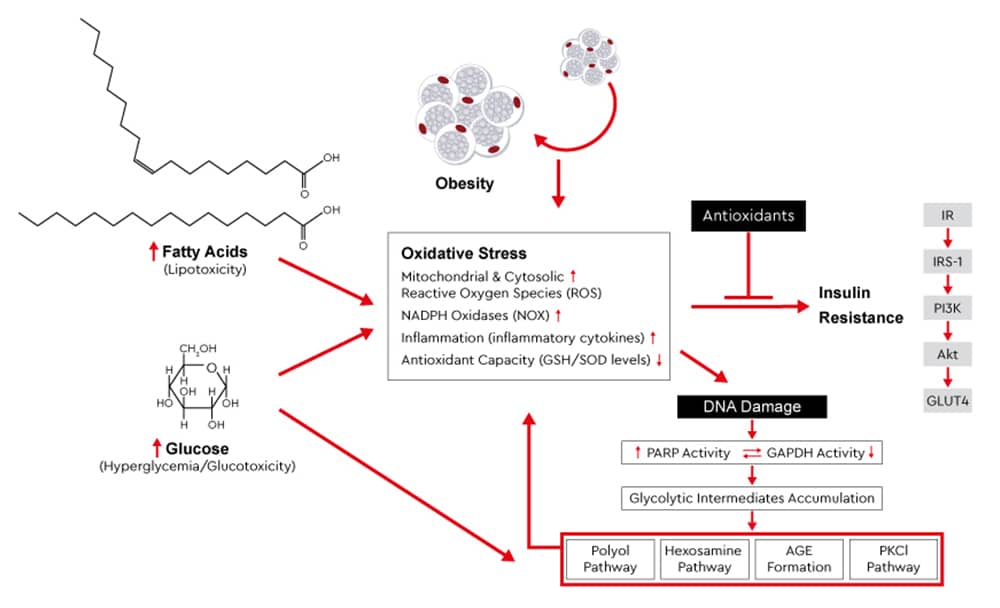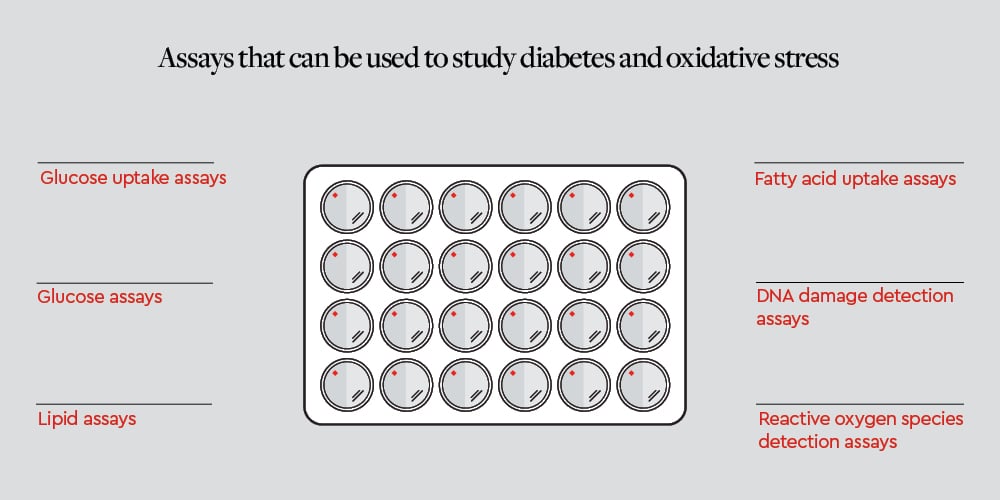Diabetes is a chronic metabolic disease either caused by failure to produce enough insulin (Type 1 diabetes) or inability to use insulin (Type 2 diabetes) (WHO Diabetes, 2020). Insulin regulates blood sugar, therefore hyperglycaemia is seen in untreated diabetes which leads to organ damage particularly of the nerves and blood vessels (WHO Diabetes, 2020). Type 2 diabetes is typically caused by lifestyle factors including obesity and sedentary behaviour and is the most common form of diabetes. The exact cause of Type 1 diabetes is unknown but it is thought to be an autoimmune disease involving a combination of genetic and environmental factors.
Diabetes is already a leading health problem worldwide, and the number of people with the disease is growing. In 2015 around 1.6 million people died from diabetes, and between 1990 and 2010 the number of people with diabetes tripled in the United States (Gregg, 2014). Globally, the prevalence of diabetes grew from 4.7% in 1980 to 8.5% in 2014 (Sarwar, 2010). People with diabetes have a 50% risk of death from any cause than those without (Rowley, 2017), with a 2-3 fold risk of heart attacks and strokes (Sarwar, 2010), nerve damage in extremities which can cause foot ulcers and require amputation, blindness due to diabetic retinopathy (Bourne, 2013) and kidney failure (Saran, 2015). The disease is therefore associated with significantly reduced quality of life and increased use of healthcare resources.
As the prevalence of diabetes grows, so does the research effort to find treatments and the global diabetes drug market, which is predicted to expand from $50 to $80 billion between 2018 and 2026 (Research and Markets, 2020). Commonly used methods to study diabetes include in vitro models such as cellular assays and models. Innovative assay and cell culture methods are key to studying disease models and developing therapies.
Commonly used assays
Assays measuring various metabolic processes are essential in the study of diabetes and to find new targets and drugs for treatment. Various metabolic processes are particularly useful when studying diabetes.
• Lipogenesis
Insulin tells cells that glucose is abundant and should be stored as fat, this causes the generation of triglycerides in adipocytes and hepatocytes. Increased triglyceride levels are relevant to measure in diabetes studies.
• Lipolysis
When insulin levels are high cells use glucose that is present, rather than breaking down fats for energy. Lipolysis is the breakdown of triglycerides into glycerol and three fatty acids. Glycerol assays help measure this process.
• Gluconeogenesis
When insulin is present creation of new glucose molecules through gluconeogenesis is inhibited. Glucose level assays enable determination of glucose levels.
• Glucose uptake rate
Insulin speeds uptake of glucose into cells by glucose transporters, to enable storage and use within the cell. Assays are available to measure the rate of uptake.
• GLUT4 translocation
Insulin results in GLUT4 transporters (mainly found on adipocyte and muscle cells) being translocated to the plasma membrane to allow uptake of glucose. Measuring translocation of GLUT4 is possible using assays.
• Glycogenesis
The storage of glucose in myocytes and hepatocytes in the form of glycogen is upregulated by insulin. Glycogen can be measured by assays.

Importance of oxidative stress in diabetes
Reactive oxygen species and free radicals can cause oxidative stress in the body if not balanced with adequate antioxidants. Oxidative stress can damage molecules in the body and lead to dysregulated metabolic processes and disease. Altered enzymatic systems, lipid peroxidation, glutathione metabolism and lower vitamin C levels are all affected by oxidative stress and are thought to be the link between this process and diabetes (Asmat, 2016). Once a person has diabetes, oxidative stress is increased by the production of plasma free radicals and reduced antioxidant defences. Researchers believe hyperinsulinemia and hyperglycemia – both seen in untreated diabetes – increase free radical production and induce oxidative stress.
Oxidative stress induces endothelial dysfunction, which is behind many complications associated with diabetes including coronary heart disease, which people with diabetes are significantly more likely to experience (Bikkad, 2014; Ceriell, 2000). As shown in Figure 1, the oxidative stress in diabetes is promoted by multiple factors including increased glucose and fatty acids and factors associated with obesity. The oxidative process involves increased reactive oxygen species from mitochondrial processes, increased NADPH oxidases and increased inflammation. If too few antioxidants are available to balance these processes, insulin resistance occurs. The diabetic state then induces further oxidative stress.


Future outlook
As the number of people with diabetes grows, the research to understand the processes behind the disease and how to treat it will expand alongside. Along with established technologies, various emerging technologies will support the effort. Metabolomics is a likely contender that could give a full metabolic picture of the healthy and diabetic metabolic system and help researchers understand how complex cross-talk across whole body systems result in disease states, and which biomarkers could be used to determine diabetic risk or used as targets to treat disease (Dunn, 2011). Research will expand in both basic academic research, pharmaceutical discoveries, and with advances in the tools used in diabetes research including in vitro models/assays, high throughput screening and 3D cell culture. The impact of successful diabetes research will be huge, given the current global demand for preventative strategies and treatments.
References
- Asmat U, Abad K, Ismail K. Diabetes mellitus and oxidative stress – a concise review. Saudi Pharm J 2016;24(5):547-553
- Bikkad MD, Somwanshi SD, Ghuge SH, Nagane NS. Oxidative Stress in Type II Diabetes Mellitus. Biomedical Research 2014;25:1
- Bourne RR, Stevens GA, White RA, et al. Causes of vision loss worldwide, 1990-2010: a systemic analysis. Lancet Global Health 2013;1:e339-e349
- Ceriell A. Oxidative stress and glycemic regulation. Metabolsim 2000;49:27-29
- Dunn WB, Goodacre R, Neyses L, Mamas M. Integration of metabolomics in heart disease and diabetes research: current achievements and future outlook. Bioanalysis 2011;3(19):2205-22
- Gregg EW, Li Y, Wang J, et al. Change in diabetes-related complications in the United States, 1990-2010. N Engl J Med 2014;370:1514-1523
- Research and Markets 2020. https://www.globenewswire.com/news-release/2020/01/27/1975589/0/en/Global-Diabetes-Drug-Market-Outlook-to-2026-Analyzed-by-Disease-Oral-Therapy-Injection-Insulin-Region-and-Company.html
- Rowley WR, Bezold C, Arikan Y, et al. Diabetes 2013: Insights from Yesterday, Today and Future Trends. Popul Health Manag 2017;20(1):6-12
- Saran R, Li Y, Robinson B, et al. US Renal Data System 2014 Annual Data Report: Epidemiology of Kidney Disease in the United States. Am J Kidney Dis 2015:66(1):S1-305
- Sarwar N, Gao P, Kondapally SR, et al. Diabetes mellitus, fasting blood glucose concentration, and risk of vascular disease: a collaborative meta-analysis of 102 prospective studies. Lancet 2010;375(9733):2215-22
- WHO Diabetes 2020. https://www.who.int/en/news-room/fact-sheets/detail/diabetes
